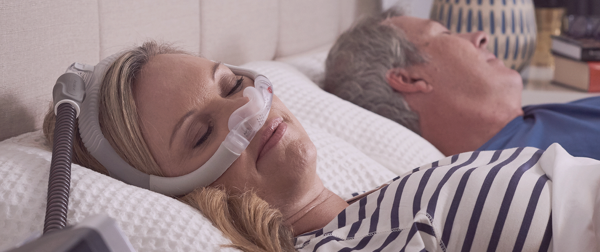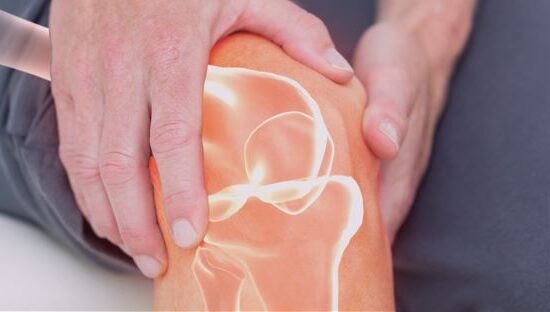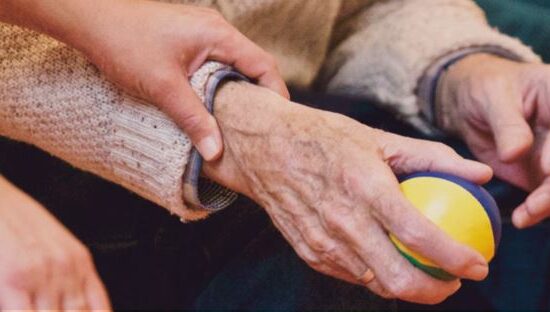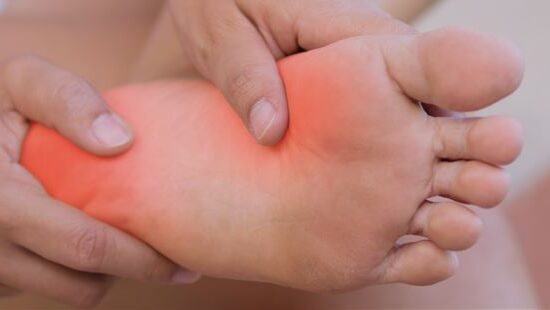What is sleep apnea?
Sleep apnea syndrome is characterized by complete stoppages (apnea) or reductions (hypopnea) of respiratory flow, lasting at least 10 seconds and occurring many times during the night. These pauses in breathing cause a reduction of the blood oxygen level, triggering total or partial awakening. This constant disturbance of sleep continuity thus results in light and non-restorative sleep.
Where does it come from?
Sleep apnea affects nearly one person out of 20, although over 85% of cases are not diagnosed. This condition mainly affects adults and, more rarely, children.
There are three types:
- Obstructive sleep apnea:
This is the type of apnea most frequently encountered. It is often associated with excess weight or poor metabolism. Apnea is the result of respiratory efforts caused by obstruction of the upper airway.
- Central sleep apnea:
This type of apnea is of neurological origin. The airway is not obstructed, but due to cardiorespiratory disease or brain damage, there is an absence of inspiratory effort. Air, therefore, stops circulating and the reduction of oxygen intake produces apnea.
- Mixed sleep apnea:
Mixed sleep apnea corresponds to a combination of the other two types. The respiratory interruptions begin with the omission of the brain to order inspiration, followed by an airway blockage when breathing attempts to resume. Each episode thus leads to an awakening.
How can it be recognized?
Sleep apnea has important health consequences. Sleep apnea syndrome causes a number of unpleasant symptoms, such as:
- Snoring;
- Repeated awakening and movements during the night;
- Night sweats or sudden awakening;
- Hypersomnia, fatigue, and lack of energy during the day;
- Decline in libido and/or sexual impotence;
- Changing, depressive, irritable mood;
- Memory disorders;
Treatment solutions for sleep apnea
- Change your hygiene and dietary habits
Although these measures are not completely effective, they nonetheless can help reduce sleep apnea and its harmful effects. Weight loss through a healthy and balanced diet and frequent physical activity, as well as considerably reducing and even stopping alcohol consumption, smoking and sedatives, are good ways of positively affecting both your sleep and your overall health.
- Use a CPAP device
The best treatment to date for any type of sleep apnea is to use a Continuous Positive Airway Pressure (CPAP) device. The airway pressure created by the device keeps the upper airway open during every stage of the sleep cycle, in order to control snoring and eliminate apnea.








